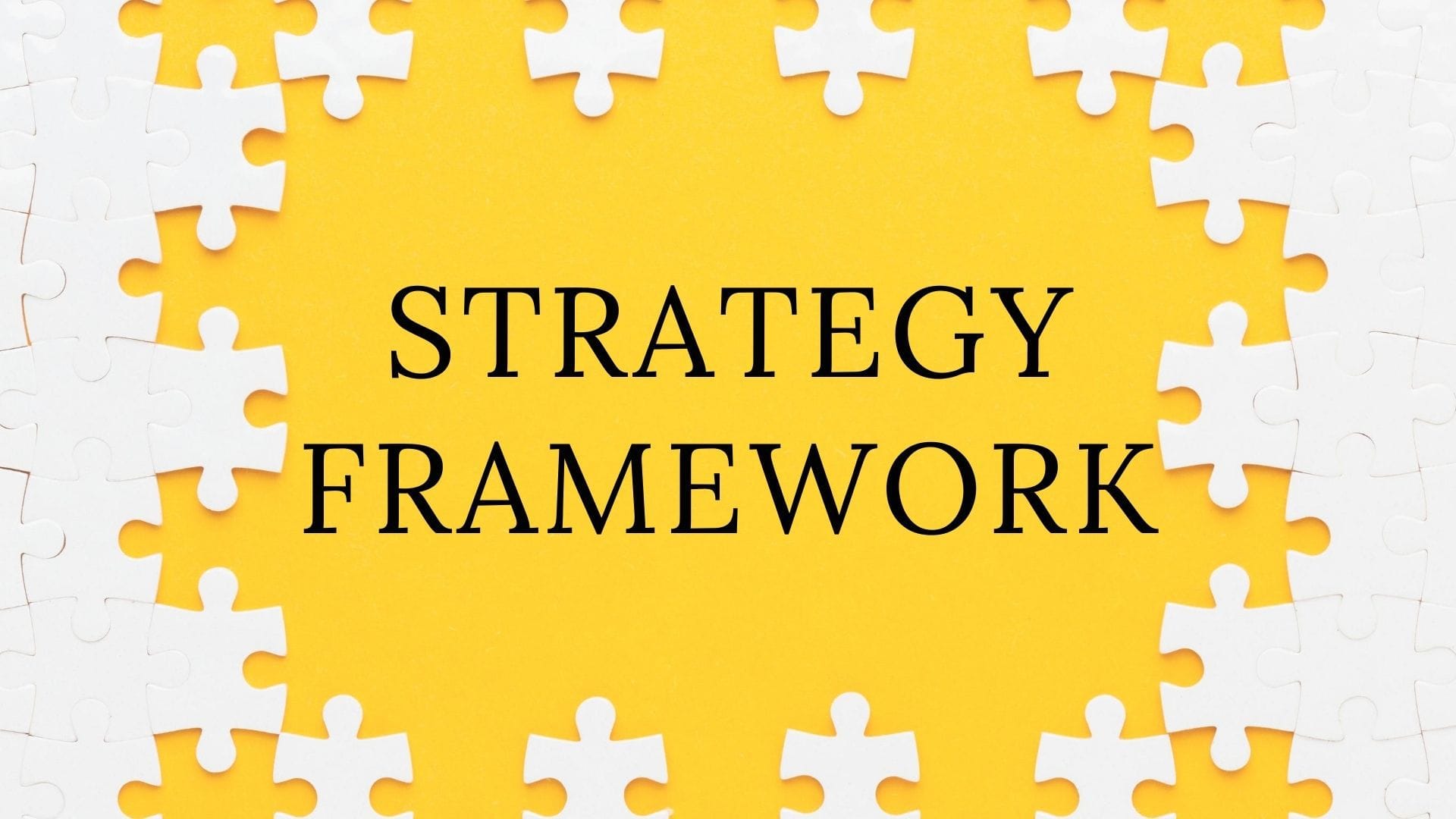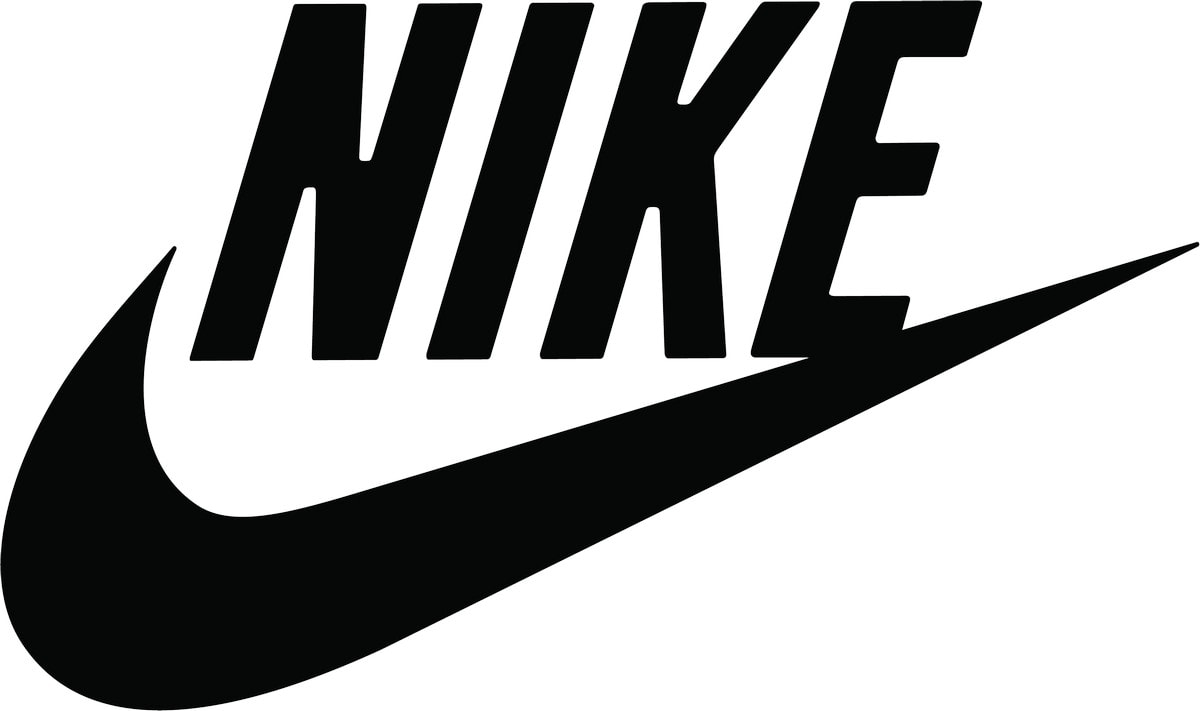
The Top 10 Strategy Framework for Businesses Explained | Marketing91
The Top 10 Strategy Framework for Businesses Explained
Table of Contents
What is Strategy Framework?
A strategy framework is defined as a structural method that is utilized to design how an initiative would assist the primary objectives of stakeholders.
Multiple strategy frameworks are used in management right from simple to complicated models. This will make the organization strong. The strategy framework ensures that you remain focused on organizational goals.
Some organizations use a single strategy at one time, while others implement multiple strategies simultaneously.
Choosing the right Framework for Strategy
Three primary steps are involved in choosing the right strategy framework.
1. Choosing the correct framework
The framework is something that you work with for strategy implementation. To choose the correct framework, you must clearly understand and define your strategy in the first place. What is your strategy?
What is it that you’re trying to achieve from your strategy? What does the result look like? When you have the correct answer to all of these questions, you can choose the right framework.
There are multiple choices and numerous frameworks available that can be selected upon the goal that is expected to achieve and the strategy that is to be implemented.
2. Application of the framework
Once you craft your strategy, then you have to break it down into different goals. All of these goals will ultimately lead to the final goal of achieving your strategy. This strategy will be in sync with the vision and the mission of the organization.
Therefore you have to craft every goal according to the chosen framework and apply the framework to all of those goals. Achieving a synchronization between the goals and the strategic framework is very important as using the framework.
3. Reviewing your plan
Once you have chosen your strategic framework and applied it to your goals, then you have to check the result and review it against your plan. There are multiple tools available that will allow you to check the percentage of the goal achieved by the application of the strategic framework.
You will view the entire picture when you review the strategic framework and where you stand for your goals. Analyzing the results once they are achieved is an essential aspect of the review.
Top 10 Strategic Frameworks
The following are a few of the examples of a strategic framework that can be applied to your business.
1. GAP Analysis
This is also referred to as a need gap analysis in which the organization compares the current position and the position it intends to be at. The difference or the gap between the two is determined along with a strategy to fill that gap.
Gap analysis is primarily designed to explore the deficiencies in the internal processes of the organization. A change plan or a shift chart always follows in case of gap planning.
Since there is a gap between the intended position and the current position, a company tries to fill that gap, and all the strategies are designed around it with a sole objective to minimize the gap.
An essential thing in Gap analysis is determining your current position and deciding exactly where you want to be in the future. If that two synchronize together, then Gap analysis is said to be successful.
2.Real-time strategic planning
The real-time strategic planning model is used by the companies who perform their strategic planning live or in real-time. They use the approach of reactive strategy.
For example, if an organization decides to launch a product, the other organization will form a strategy based on the newly launched product rather than make its product. Long term planning is not relevant for these companies since we focus only on short-term goals and survival strategies.
Most of the non-profit organizations use this strategy to solve a pressing and immediate problem. There are three different levels of real-time strategic planning.
2.1 Organizational
Organizational planning includes developing vision, mission, values, competition, and other essential aspects of the organization.
2.2 Programmatic
This strategy includes research to identify the possible offerings that an organization can offer, which will help to achieve its mission.
2.3 Operational
The internal processes, employees, and systems of the organization which are used to develop an in-house strategy and in-house functioning are operational level.
3. McKinsey’s 7-S framework
In this model, there are seven different areas of the organization which are classified into hard and soft areas. Strategy, systems, and structure are part of hard elements. While style, skills, staff, and shared values are soft elements. This is because they create a foundation of the organization and lead to sustained competitive advantage.
- A strategy is a detailed plan developed by the organization to achieve a higher market share and competitive advantage. The strategy is always in sync with the vision, mission, and values of the organization.
- The structure is the organization of different units and divisions of the business. All the information about who is accountable for which division and which unit is included in the structure. A structured organization always has the upper hand compared to an unstructured or a flat organization.
- Systems are the procedures or the methods which reveal how everyday activities and decisions are taken.
- The skills of the employees are important for organizational success. The more skillful a person is, the better it is for the organization.
- Staff is the number of employees who serve as an organization. These include full-time, part-time as well as other associated employees.
- Style is how the upper management interacts with employees of the organization.
- Shared values are the values of the organization, which guide the behavior of employees. This can be related to employee actions and professional behavior.
4. TQM framework
The primary idea behind total quality management is continuous improvement by value addition. The organization strongly believes that every product or service should offer value to the customer. Total quality management is a framework that considers that the organization can achieve long-term success.
It is a combined effort of all the employees right from grassroots to the board of directors. If they focus on adding value and improving the quality of the product, they can deliver customer satisfaction.
This framework focuses on continuous improvement, which is also termed as Kaizen. Rather than focusing on short-term gains, the organization focuses on long-term gains.
The development of total quality management started in the 1920s. This framework defines different methods for a company to accomplish its goals with the help of continuous improvement. It ensures that the organization focuses on quality by monitoring all its processes and performance.
Initially, this framework was applied to the manufacturing sector, but later it was applied to almost all industries.
5. Value Chain Analysis
As the name suggests, this is related to all things which add value to your customer. The value chain can be defined as the total of all the activities which add value to the customer. It can be for the product or the service. Primarily, there are four areas to Value chain:
5.1 Operations
All the activities that are performed in the organization in the back office, which include accounting, advertising, administrative, learning and development, payroll, HR, the board of directors, etc.
Having the backend operations streamlined is essential for smooth processes and timely deliveries of the product. Although operations are carried out at the backend, they add value to the product. For example, a customer service representative will be available at any time the customer wants.
5.2 Production
The companies do value addition in production with the help of their offering. It can be a product or service. Production may also refer to designing a service or creating a product. The product should satisfy the customer’s needs and wants and try to deliver slightly more than the customer asks. This adds value to your product.
Together, operations and production are called upstream activities. These upstream activities are intended to create and add value to your product or service. Both of them incur a considerable cost.
5.3 Marketing
Marketing is when all the activities performed to market the product and make it available to the customer. The customer must be aware of the product with different types of marketing activities; it is ensured that the customer gets to know about all your activities.
Marketing also adds value to the customer, which he can only experience after making the purchase. Marketing is known as a revenue-driven activity.
5.4 Sales
Selling a product is convincing the customer to buy the product. Of course, first, you should understand the needs of the customer.
You cannot sell a scuba-diving suit for a customer who is looking for an iPhone. While sales are more of pushing the product towards the customer, marketing is more of pulling the customer to the product.
Sales add value to the product and the customer by understanding the need and then suggesting an appropriate product. Sales and marketing together are known as downstream processes.
6. Balanced scorecard
A balanced scorecard strategy is considered as one of the most successful models in strategic planning. It is built on the assumption that every business strategy should be divided into equal quadrants. Following are the four quadrants of the balanced scorecard strategy:
6.1 Customer
Customer satisfaction and understanding of the customer’s needs are why any marketing strategy is implemented. It is ensured that your company meets customer requirements with its offerings.
To understand this, your organization should research the current trends in the market and the changing needs and wants of the customer and try to fulfill them accordingly.
6.2 Financial
Every organization is present in the market for profitability. Except for NGOs. The commercial organization survives because of profitability, which is the bottom line.
This part of the quadrant should include financial goals like reducing outstanding, reducing liabilities, increasing profitability, increasing turnover, etc. The financial KPIs are defined and followed up accordingly.
6.3 Internal business process
The internal business processes should be measured to improve their effectivity—processes like order dispatch, order delivery, manufacturing, advertising decisions, etc. are completed as soon as possible to ensure proper and timely delivery of the product to the customer.
There are other internal processes as well, which involve backend people, and even they should be completed and improved to be better at them.
6.4 Knowledge, Education, and Growth
This part of the quadrant is also known as the people quadrant. Employees are the most significant assets of the organization, and every organization understands this.
This is why they should spend on employees so that they can capture knowledge and improve it consistently. A well-trained employee will be your competitive edge. Employees should be trained so that they can grow themselves as well as the organization.
Every quadrant must have clearly defined KPIs to be reviewed and tracked. Making a strategy and executing it is simply not enough. Your organization should go beyond the normal processes and have measurable goals to determine the effectiveness.
7. Blue Ocean Strategy
Blue ocean strategy is, like its name, which defines an organization as entering a large ocean without competition. The strategy emphasizes that if you have a unique position in the market, you can leverage the profits until other competitors see the opportunity and enter the market. The oceans are compared to market space.
The blue ocean is without competition, and demand is created in this space. In the initial phase, when the company enters the new market, it has to work hard on creating the market.
The entire ocean is the opportunity for growth and profitability. In this stage, competition is irrelevant because others have not seen the opportunity yet.
However, it is very challenging for an organization to enter into a blue ocean because, for innovation to happen, a lot of things are to be done new. Not only that, but the products should also be unique so that your competition cannot copy them. As the competitors enter the market, the blue ocean slowly turns into the red ocean.
In a red ocean, there is a lot of competition, and every company tries to outperform every other company to make your company as the market leader. Red ocean strategy is important, but the organizations are unable to maintain high performance.
In order to survive in the market, companies should go beyond the red ocean and create a blue ocean for themselves. This strategy was developed in 2004 by Chan Kim and Reneé Mauborgne. The strategy is very well received in the field of management.
8. VRIO Framework
The VRIO framework stands for value, rarity, imitability, and organization. Every organization desires to have a competitive advantage in the market.
This strategy directly addresses the organization’s vision and mission to help the organization achieve a competitive edge and have a more significant market share in the market.
Following are the four components which are involved in the VRIO framework:
8.1 Value
Value added is determined in the case of this component. It is necessary to understand if your resources offer value to the customers and if you can utilize an opportunity to destroy the competition.
For this, it is essential to have internal capabilities and excellent team members. If you are not able to add value, then you are at a competitive disadvantage. The recommended course of action would be to analyze the available capabilities and resources that you have and make the necessary changes.
8.2 Rarity
You are at a competitive advantage if you own something rare, which is hard to find. But if you do not own any such resource or capability, then you compete or at a competitive parity.
It will be challenging for you to survive in the market since you do not have anything unique to offer. The recommended course of action at the step would be to go back one step and analyze the available resources.
8.3 Imitability
In this step, it is determined if the resources or your offerings are imitable or not. If the competition and other companies can imitate your offering, then you are at a competitive disadvantage.
Your offerings and resources should not be easy to copy. If you do not have such unique offerings, then you need to go back and reassess. But having unique products and offerings will help your organization to gain a competitive advantage.
8.4 Organization
Systematic organization is always essential for sustained competitive advantage. Without internal support, process, functions, structure, and culture, along with all the vital things that make an organization, your organization will be at a disadvantage.
The recommended step, if you are at a disadvantage, is to go back and reassess.
9. Issue-based Strategic Planning
The issue-based strategic planning model is designed in the present and is used for the future. In this type of planning, the challenges and the problems which a company faces currently are determined. The primary objective is to address the present issues which the organization is facing. Short-term issues for the time of 6 to 12 months are addressed. This strategic planning is ideal for start-ups and small companies or the companies in which the resources are restricted.
The first step in issue-based strategy planning is to address the primary hurdles and issues that the organization is facing. These are the issues which stop the organization from achieving their goals.
It is expected that the organization creates a plan to address these hurdles, and a separate team is allocated for the implementation of this planning. After the plan is implemented, feedback is taken, and the progress is tracked to determine the effectiveness of the plan. It is imperative to take relevant people from the appropriate department to execute issue-based strategic planning.
The outcome, which is expected by the implementation of this plan, is that the organizations no longer face significant issues in the short term. After this, the organization can expect to shift their vision towards the long term goals.
10. Hoshin Planning
This planning approach is designed to align your strategic goals to ensure that their projects and tasks are coordinated. Unlike other models of strategic planning, this model focuses more on final goals.
There are four important steps in this planning model which are as follows:
8.1 Identify goals
Identify the critical goals that you want to achieve from this planet. Usually, an organization determines 4 to 5 goals to be achieved. These goals should be in synchronization with your vision and mission of the organization.
8.2 Play catchball
Ensure that once the goals are designed, then they are shared with everyone. Employees from top to bottom should be given an idea of the goals to be achieved from Hoshin planning. This process is known as playing catchball.
8.3 Feedback
Track the progress of your goals by gathering input from different employees. It is to be ensured that every step’s progress is collected so that the success of strategic planning can be determined as the plan proceeds.
8.4 Make adjustments
Once the plan proceeds towards completion, then use the feedback to assess the success and repeat the steps catchball if necessary.
In this strategic planning, matured, and action items are determined to plot a Hoshin strategic planning matrix.
Other strategies include swot analysis, Ansoff growth matrix strategy, Diffusion of innovation, PEST and PESTLE Analysis, BCG Matrix, Six Sigma Framework, Porters five forces, Product life cycle strategy, 3Cs strategy, First mover advantage, Baldrige framework, Kotter Change model, etc.
Conclusion
An organization may use many of the strategies simultaneously to improve their productivity and achieve the expected results. However, not every organization can use all the strategies since some strategies give better results for a few industries.
Nevertheless, the strategy that suits the organization most should be determined and worked upon. It is recommended that to apply a strategy, the organization should first understand its customers and products and then choose the relevant strategy.










